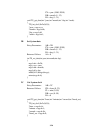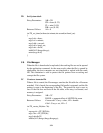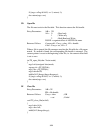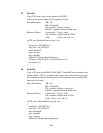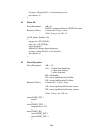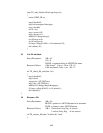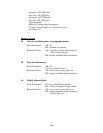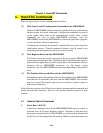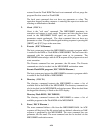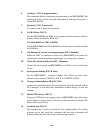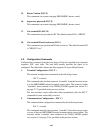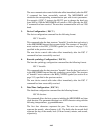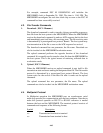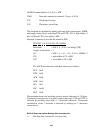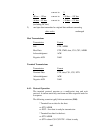
4-58
Chapter 4. Host ESC Commands
4. Host ESC Commands
There are three classes of host communication activities:
(1) Host Sends Control/Configuration Commands to the MR350MKII
Almost all MR350MKII configurations and operations may be controlled by
the host system via control commands. Configuration commands are used to
set up system tables such as the communication control table. Control
commands are used to abort MR350MKII operations, reset the
MR350MKII, instruct the MR350MKII to execute an application program,
or other functions related to operations.
Configuration commands are normally issued by the host system during the
initialization process. Control commands, however, may be issued at any
time during normal operation or during a recovery action.
(2) Host Requests Data from the MR350MKII
Two kinds of data are usually requested by the host system: MR350MKII
system data and application data. Application data is the information which is
generated from application program, system data is the information which is
pertinent only to MR350MKII executives, e.g. file names, system
parameters, etc. The MR350MKII transmits data depending on the protocol
used.
(3) File Transfers Between the Host and the MR350MKII
Executable program file and data files are downloaded to the MR350MKII
from the host or uploaded to the host from the MR350MKII. File transfers
may use a special file transfer protocol to move data in a point-to-point or
multi-point connection.
In the following sections we will first discuss the host communication commands and
briefly describe their functions. Then we will examine detailed protocol of each
function.
4.1. General Control Commands
1. Hard Reset ( ESC H )
A hard reset command clears all the MR350MKII RAM memory content. It
performs tests on all major hardware devices. Programs or data that have
previously accumulated in the MR350MKII or previously been downloaded
by the host will be purged from the memory. Default system parameters are



